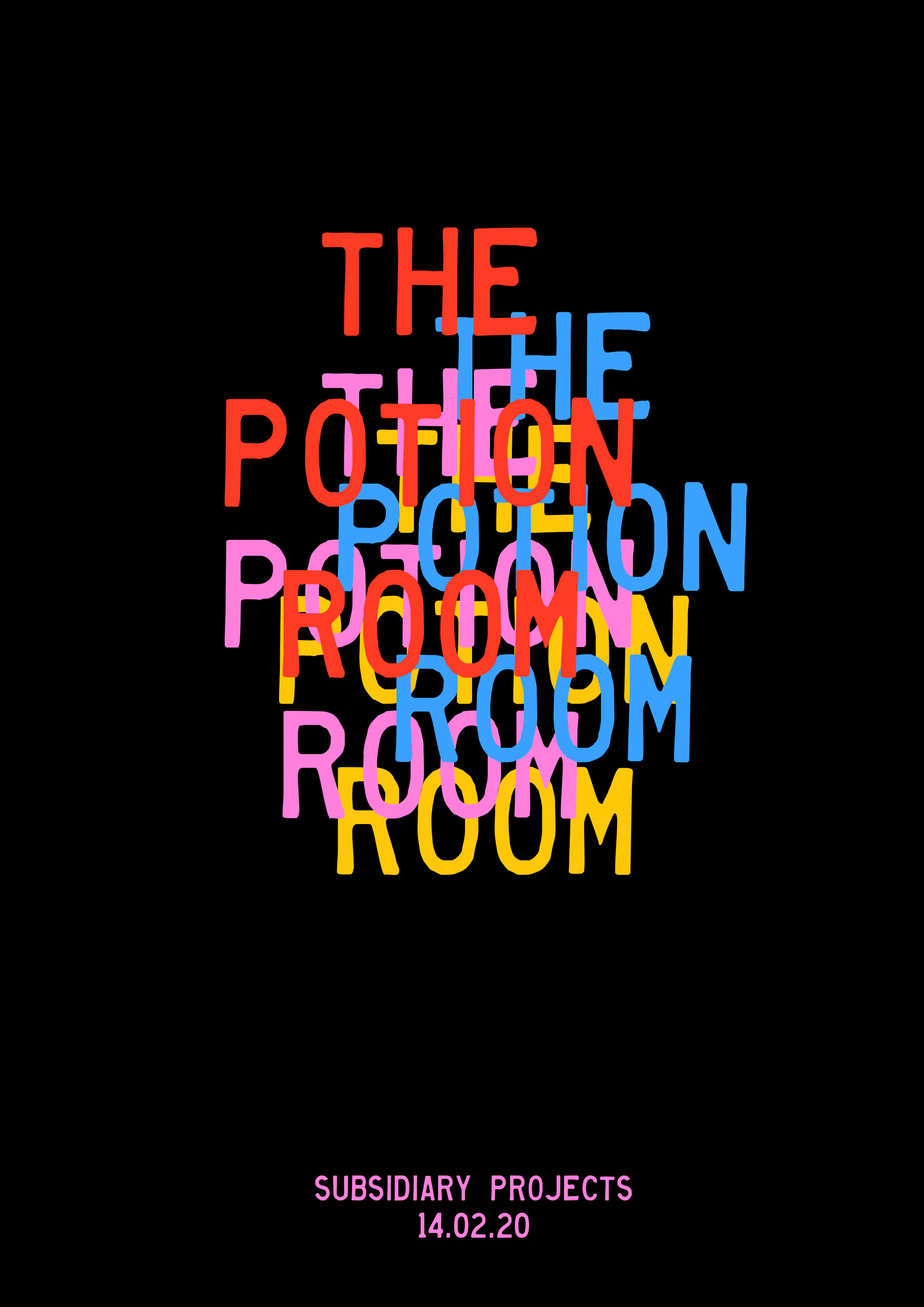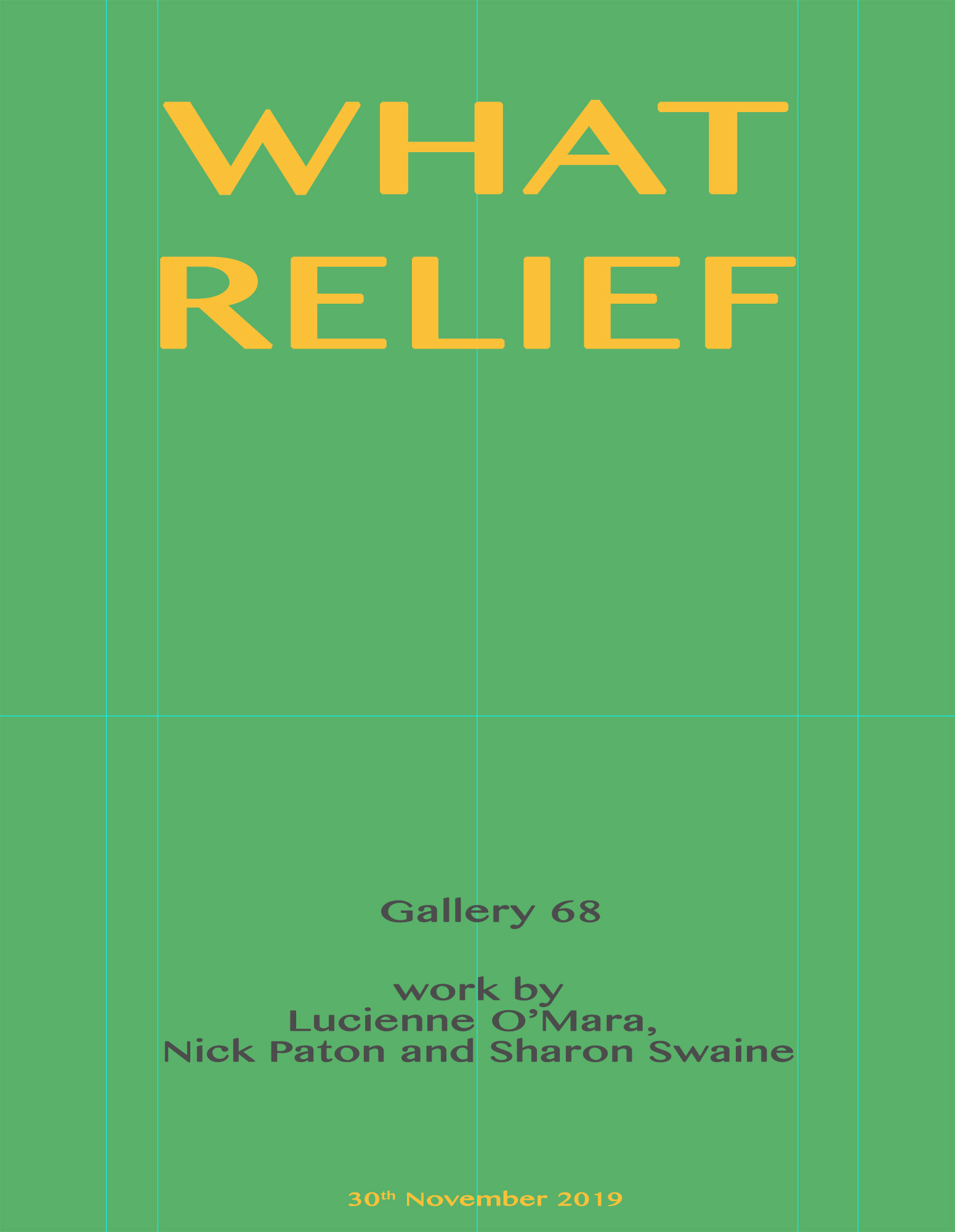a
place
in limbo
not being used as
whatever it was before
temporarily allowed to remain
in its current grossly unprofitable state
whilst it awaits redevelopment
into high return capital
a common tale
af capital
in the
capital
it’s
amazing
the inevitable has
not already happened here
when I was a studio member I feared
everytime someone with a clipboard came around
I was then shocked when someone handed me a leaflet
complete with a three dimensional rendering of
residential flats and a new cultural quarter
that will replace the art studios
and businesses
that already exist here
for now
I try not to think
of the past or the future
but focus on the present moment
artists temporarily occupy the space inside
weeds begin to establish themselves in this yard
the weeds and the artists find solace in what has been left behind
both takeover the spaces formerly occupied by industry
they give colour and life back to these spaces
that have been stripped of their purpose
the artists and the weeds
find another way
suddenly
I hear
the squeaking
of the main gate opening
I immediately recognise the man
the notorious coroner and conceptual artist Dr Katnap
there’s a stutter in his step as he notices me
his eyes shoot away from me
but after a split second
he is recomposed
what are you doing here Harry
he says in an uncharacteristically timid tone
I explain that a group of artists are using this yard for a show
of sculptures in this wonderfully hidden space
I begin to excitedly explain how
weeds and artists
exist in tandem
and that together they rebel
against strict ideas of linear progression
they sprawl out into unexpected shapes and spaces
find a way to exist against the odds
a union of weeds and artists
offer me hope
the gate squeaks
someone else is entering
a squat man strolls around the corner
tucked under his arm is an ipad
in a large protective case
he wears a helmet
an ill fitting suit
beer belly
grey hair
grey eyes
he looks like a man
who has a lot of things to hide
I can't hide the quizzical look on my face
he walks over and shakes Dr Katnap’s Hand
Harry I’d like to introduce you
to The Developer
my heart
sinks
Exhibition text Harry Gammer-Flitcroft
@harry.gammer_flitcroft
fala ford exhibition text, Reece Jones
If you’re fortunate enough to be able to maintain a straight line while walking, you’ll be more than able to do the same thing even at a great height, on a precipice, overlooking a fatal drop. There’s no shift to the logic or the demands on your unconscious faculties. Yet most of us will become acutely aware of the mechanics involved in moving ourselves forward. Dizzied by an acrophobic awareness that should the functions we take for granted fail us - we’ll be snuffed out.
Standing in Nick Paton’s studio for the second time in a year I was overcome by a similar, vertigo inducing sensation. My last visit came at the end of the first Covid lockdown in the UK in 2020, this one after the relaxation of the second. So the pervasive sense that all is not to be taken for granted, that we are fragile and that vital interactions such as this may be stolen away from us is certainly a real one and is in the air. That particular queasiness has been squashed down for months (always nauseatingly there, often terrible but somehow repressed). It’s something we all know well. Today there’s a new prickly awareness. I’ve always been a morbid fantasist (what if I jumped off? what if that pram rolled into the road? what if some masonry fell from a crane?) and in this studio my limbs are physically aching at the possibility of a flailing arm or a casual step causing havoc to a body of work which has been growing for the best part of two years.
The truth is I’d be mortified to damage any other artists work. That goes without saying. But I rarely feel this attached to the unnerving sentience of the things I encounter. They are far from subservient to my presence as a viewer. Their manifestation was never as simple as the call and response of a designer and their materials. Paton’s process is at face value an amalgamation of skill, material understanding and craft. There are ceramics; pulled out of buckets of sloppy sediment, balanced precariously, fired, glazed or stained. There’s cast iron and steel; cut, welded, ground, tempered. But despite all this expertise and understanding there is a fundamental sensitivity to the conversation he has with his works. They are never simply made. They are born out of a rolling, turbulent and attritional dialogue. Processes are constantly undermined or bypassed. New methodologies interrupt the standard ones. The object will rebel, sulk or ask to be cosseted and the artist will find a way. Conventions of display will require a hook or an anchor, Paton will birth a new object, bespoke and genealogically of the first, whose role is to hold up its sibling. They will interact with awkwardness - a symbiotic union.
My nervousness around these things is to do with their autonomy. They are evolved - not executed. It’s there for us to see, there’s beauty - but it’s not only to do with arrangement, harmony or formal merit. It’s in the belchings of an organism which has found a way to exist despite the tyranny of standardised aesthetics. Every bump, fold, knot or crevice is a result of a chaotic logic. This one should be this big because the last one was bigger and collapsed, this one should be an aperture because its solid sister didn’t communicate structure the same way, this one wants to be tied down, this one to be propped up, this one to risk failure, this to be more confident and so it goes. What results is this new language and a methodology which is antithetical to tradition. This writing would clearly fail as a press release because the work is un-paragraphable. It misbehaves and is vulnerable, not only to the physicality of its making but to multiple interpretations. Some of these things look like cages or even portcullises, maybe armour or masks. Some are caves, dwellings, pockets. the readings come thick and fast. But as soon as I acknowledge one association there’s something there to scratch it out or to tip it away from me. Every time one of Paton’s works takes on a tough attitude (for example), the light shifts and the black metallic sheen becomes a pearlescent shell. Every time something holds space and demands to be acknowledged as an object I walk around it a little and it reveals how precarious it can be. So, much like the fatal awareness we get from walking along a rooftop, the more we see of these things, the longer we look, the higher our alertness to their potential and to their willingness to risk it all. Risk is evolutionary in this case. Eating berries to find out whether they are poisonous. The resulting works are uniquely human in their sophistication and their dumbness, their strength and confidence and their ultimate vulnerability.
REECE JONES. 2021
Reece Jones is an artist who lives and works in Suffolk UK. He is an occasional curator and writer and lectures in Fine Art at City & Guilds of London Art School.
http://reece-jones.com








